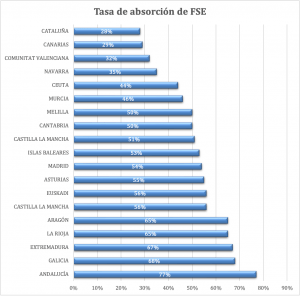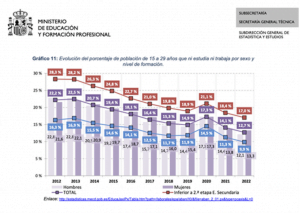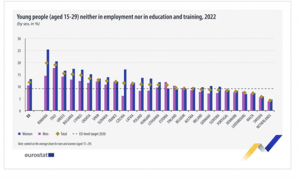• On September 27, 2023, World Tourism Day, “The Tourism Innovation Day” will be held in Valencia, which will host three international events in the tourism industry.
• This major event seeks to establish a solid ecosystem to support entrepreneurs and SMEs in the tourism sector to expand their activities and improve their sustainability, while promoting innovation and business creation in this industry.
• Free admission with prior registration. Registration for PRESENT attendance at THIS link.
Registration ONLINE at THIS link.
On World Tourism Day, Wednesday, September 27, 2023, Finnova organizes “The Tourism Innovation Day”, a day that combines three events to promote the attraction of talent in the tourism sector, position Valencia as a laboratory of best practices in Tourism in the framework of its distinction as European Green Capital 2024, and share funding opportunities for this industry through European funds.
The Tourism Innovation Day will mark a milestone in the tourism industry by bringing together projects and initiatives from three relevant axes in this sector: culture, sustainability, and female entrepreneurship. Institutions, entrepreneurs, and citizens are cordially invited to participate in a day of inspiration, learning, and collaboration that will take place in Valencia on September 27th from 10:00 am with free admission for attendees.
1. “CulturalDeTour” Forum: accelerating entrepreneurs in Cultural Tourism
The day will start with the event “CulturalDeTour Forum: cross-border cooperation for regional and innovative tourism with EU (European Union) funds”, framed in a side event of the European Week of Regions and Cities (EU Regions Week), approved by the European Commission. It will launch the CDT Boost Acceleration Program, which is part of the “Cultural DeTour” project and aims to support cultural entrepreneurs in expanding their activities and improving their sustainability.
CDT Boost will provide participants with the tools they need to grow, expand, and improve their sustainability practices through access to innovative resources, guidance, and connections. On the other hand, European funding programs for the tourism and culture sector will be presented so that entrepreneurs with these projects and initiatives can learn about them and apply for them.
Funded by the Creative Europe program, the CulturalDeTour project aims to use design-driven innovation and sustainability integration to foster collaboration in the cultural tourism sector and create an innovation network that enhances economic resilience during the COVID-19 recovery phase.
The project also includes an online platform and innovative events such as the one we are currently presenting to support cultural entrepreneurs in expanding their activities and improving their sustainability.
2. Forum “Fu-Tourism 5.0”: Valencia, towards sustainable tourism as European Green Capital 2024
In the second event of the day, the European COSME project “FU-TOURISM 5.0 – Future-Ready Business Support Ecosystem for Tourism SME Transition to Green Resilience” will be presented. With a budget of over 4 million euros and a duration of 36 months, it aims to support European tourism SMEs in their transition to a green and inclusive economy, focusing on the application of the principles of the regenerative economy.
FU-TOURISM also aims to develop a platform and a network of clusters, with local ecosystems that enable greater cooperation on innovation among tourism SMEs, as well as between SMEs and incubators and accelerators. To achieve this, the project will launch an acceleration program that will identify and support 102 tourism SMEs from six participating European countries: Spain, Greece, Croatia, Belgium, Austria, and Poland through support services for sustainability, inclusive business models, and direct financial assistance:
- The acceleration program will support 60 SMEs, 10 from each country (Spain, Greece, Croatia, Belgium, Austria, and Poland) through a 5-month support program and a grant of 20,000 euros.
- The Scaling Up program will select 7 SME consortia per country, 42 in total (Spain, Greece, Croatia, Belgium, Austria, Poland) to receive a 30,000 euros grant and business support program.
The project involves seven European countries, six of which offer direct support services to SMEs through organizations such as EUPOLIS (HR), FINNOVA (BE, ES), ENVOLVE (GR), SYNYO (AT), and VESTB (PL). To reinforce this synergy, it will be included in the framework of the Awake Tourism Challenge of the World Tourism Organization (UNWTO), of which Finnova is a partner. This initiative aims to find the most innovative startups that are working to promote the Sustainable Development Goals of the United Nations, underlining the commitment of this Organization to promote innovation and sustainability in the tourism sector. This synergy will also allow a presentation on European funds for the sustainable tourism sector where companies and entrepreneurs can learn how to access more growth opportunities.
3. Call for applications for the 2023 “Fundadoras Sociales” Award: tourism and women
The third and final event of the day will be the presentation of the Fundadoras Awards 2023 for projects driven by women in the idea, startup, or entrepreneur phase. In this year’s edition, the Awards focus on those social projects that support and create a better world and continues with the structure of awarding projects driven by women in the idea, startup, or entrepreneur phase. Within the framework of TOURISM INNOVATION DAY, the project is presented to entrepreneurs and society.
Valencia, towards sustainable tourism
This day emerges as an opportunity for the city of Valencia and its thriving tourism industry. At a crucial time when sustainability is imperative, this initiative offers strong support for local small and medium-sized tourism businesses to move towards a greener and more resilient approach. With the distinction of Valencia as European Green Capital 2024, the event aims to lay the foundations for creating a Laboratory of Best Practices through projects such as FU-TOURISM 5.0 and CulturalDeTour as essential allies in the materialization of a vision of responsible tourism.
This Laboratory aims to promote economic growth, the preservation of the environment, and the positioning of Valencia as a leading destination in the European context, laying the foundations for a resilient and prosperous tourism industry in the future.
Free admission with prior registration: PRESENT registration | ONLINE registration
ABOUT THE FINNOVA FOUNDATION
Finnova is the Spanish-Belgian non-profit foundation based in Brussels and Spain, working for the promotion and development of innovation and entrepreneurship in the EU. Finnova’s experience in leading communication and dissemination activities of European projects is combined with a solid proven track record in business creation and entrepreneurship support programs, such as accelerators, incubators, and events, as well as its commitment to …

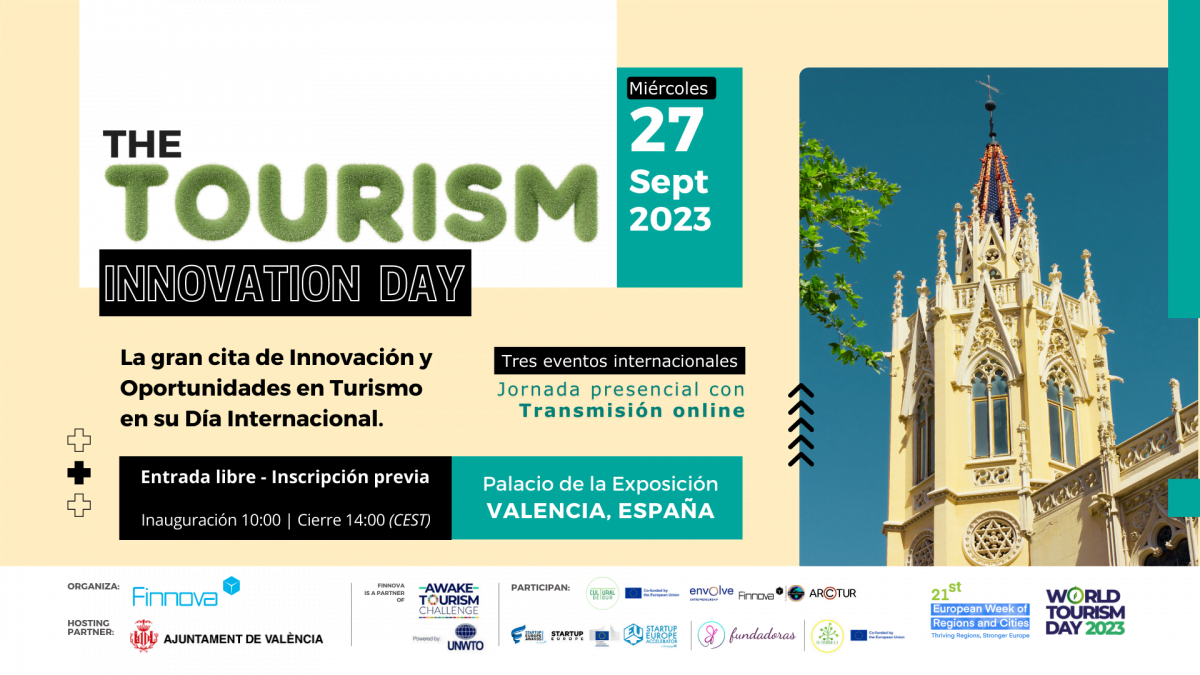
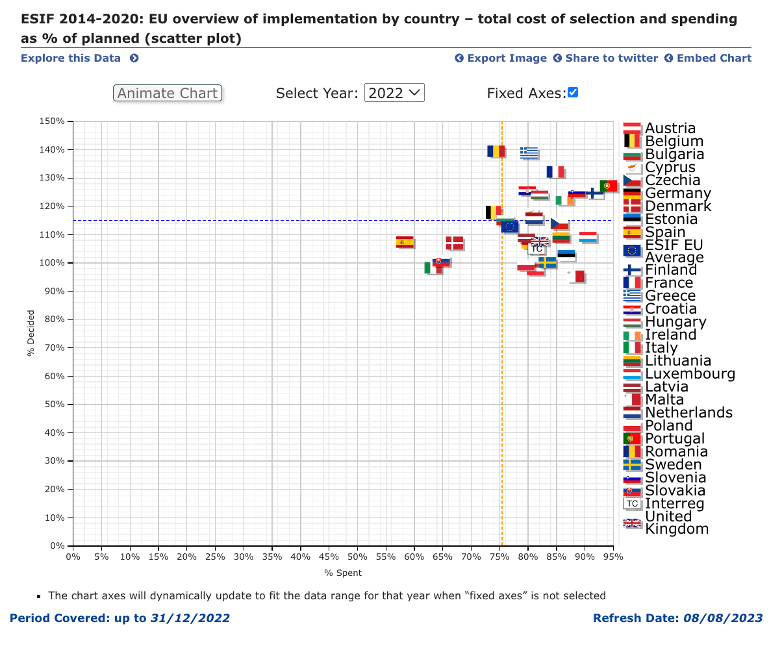

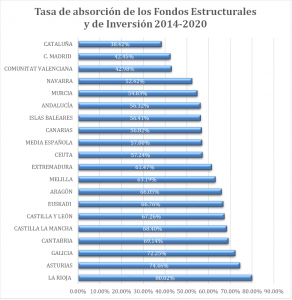
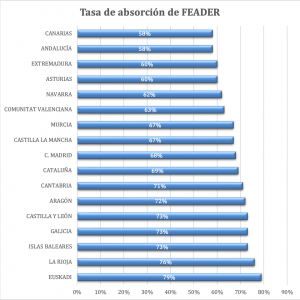 Table 3: Comparison of the performance of the Autonomous Regions with respect to the absorption rate of the European Agricultural Fund for Rural Development. Source:
Table 3: Comparison of the performance of the Autonomous Regions with respect to the absorption rate of the European Agricultural Fund for Rural Development. Source: 
